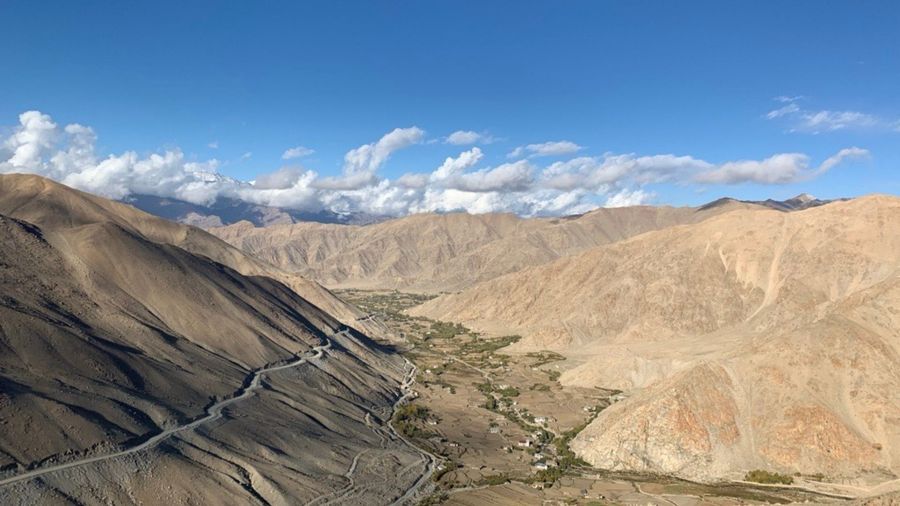Ladakh’s breathtaking terrain holds more than just panoramic beauty and high-altitude adventures—it conceals mineral riches within its rugged mountain ranges that have long fascinated geologists, explorers, and nature lovers alike. Known as the “Veins of the Earth,” these mountains are packed with minerals and rare geological formations that reflect millions of years of Earth’s geological processes. In this article, we’ll explore the geological marvels of Ladakh, its unique mineral deposits, and how responsible mining and tourism can balance economic benefits with environmental protection.
Introduction to Ladakh’s Geological Significance
Ladakh is a land of extreme geography, home to towering mountains and arid landscapes shaped by tectonic activity. Its mineral wealth is vast, with deposits of copper, gold, gemstones, and rare earth elements that attract both scientific interest and economic potential. The significance of these minerals lies not only in their value but also in the story they tell about the geological history of the Himalayas.
A Glimpse into Ladakh’s Natural Resources
Due to its position at the meeting point of tectonic plates, Ladakh has a unique and diverse geological landscape. This area has become a prime location for geological exploration, with minerals spread across different mountain zones, making it a treasure trove for both researchers and sustainable development initiatives.
The Role of Geology in Shaping Ladakh’s Landscape
The geological formations in Ladakh result from millions of years of tectonic shifts that created the Himalayan range. These tectonic movements exposed deep layers of minerals, creating veins of copper, gold, and even gemstones. The region’s terrain provides valuable insights into plate tectonics, mineral formations, and the Earth’s crust, making it a focal point for scientific and economic pursuits.
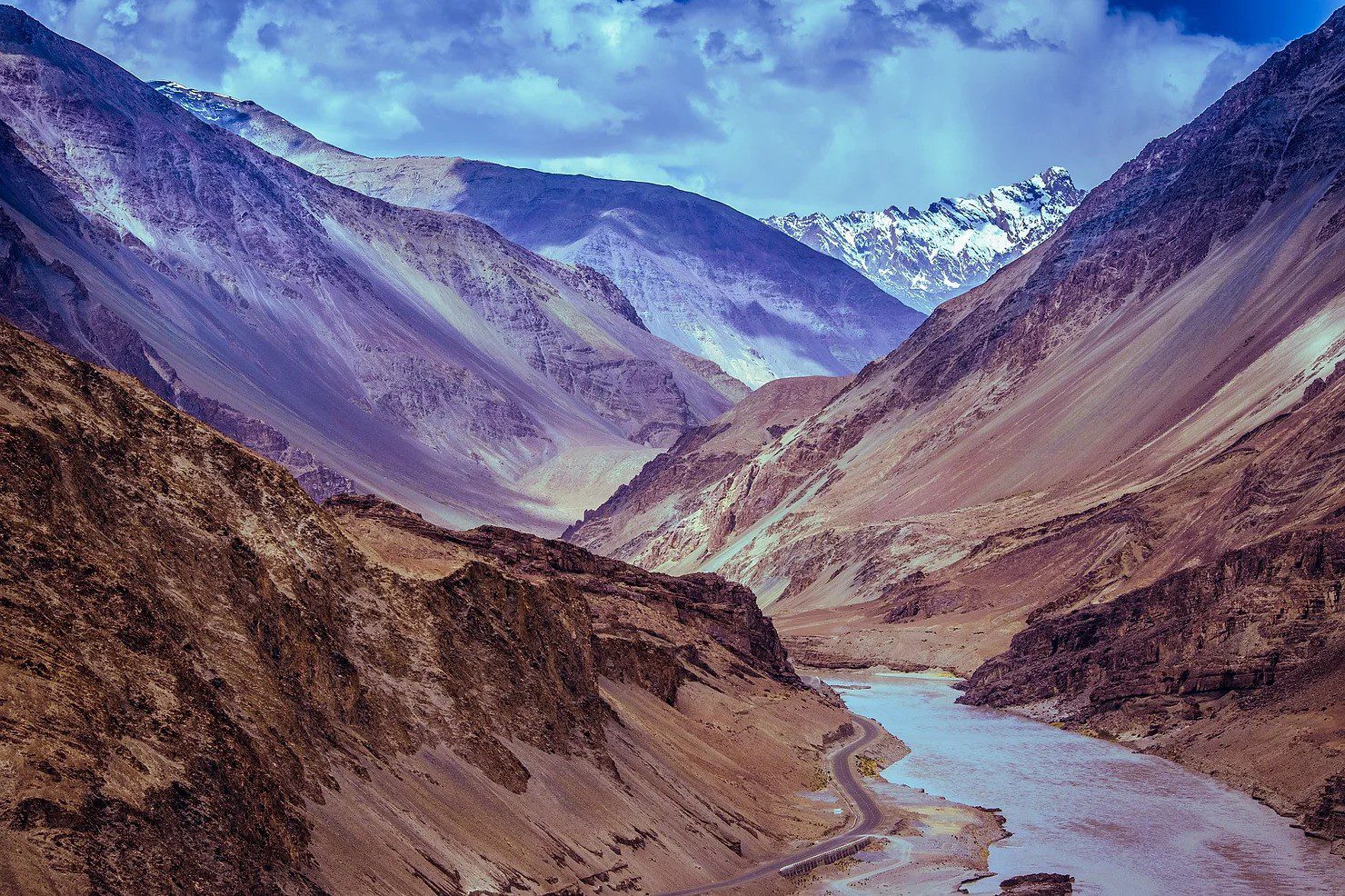
Understanding Ladakh’s Mineral-Rich Mountains
Types of Minerals Found in Ladakh
The mountains of Ladakh are rich in copper, silver, gold, and various gemstones. Copper and gold deposits are abundant, often found in veins running through rock formations. Unique gemstones like garnet and topaz have been discovered in the region, enhancing Ladakh’s reputation among gem collectors and geologists.
Formation of Mineral Deposits in the Himalayas
Mineral deposits in Ladakh are a result of the Earth’s crust compressing and folding over millennia. This tectonic activity has pushed minerals closer to the surface, making Ladakh a mineral-rich zone. The extreme conditions and high altitude have preserved many of these deposits, allowing geologists to study them in their natural state.
Rare and Unique Minerals in Ladakh
Ladakh’s mineral wealth includes rare earth elements crucial for technology. Rare minerals and gemstones add to the value of Ladakh’s natural resources, making it an attractive site for controlled mining activities aimed at preserving these resources while meeting global demand.
Economic Potential of Ladakh’s Mineral Wealth
Impact of Mineral Resources on Ladakh’s Economy
Mining and mineral extraction have the potential to significantly boost Ladakh’s economy. Sustainable mining practices can provide jobs for local communities and increase Ladakh’s contribution to India’s overall mineral production.
Customer Testimonial:
“The mining industry in Ladakh provides a much-needed source of income for locals. The sector offers well-paying jobs in an area with limited opportunities.”
— Rajesh Kumar, Geologist, India
Challenges in Mineral Extraction in Ladakh
Extracting minerals from high-altitude and environmentally sensitive areas like Ladakh presents several challenges. High costs, limited infrastructure, and environmental concerns are significant barriers to development. Many companies and organizations now focus on developing sustainable, low-impact mining practices that prioritize environmental preservation.
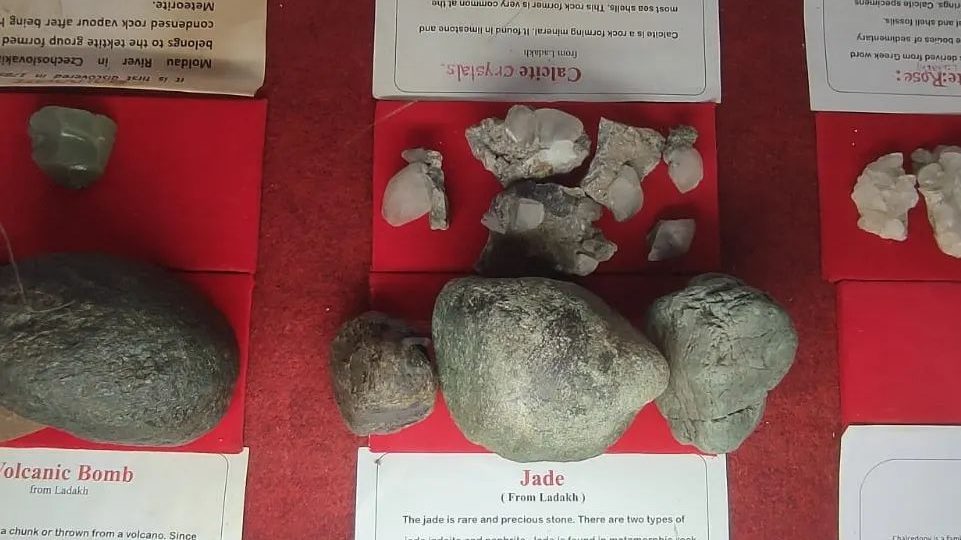
Mineral Mapping and Geological Surveys in Ladakh
Role of Geological Surveys in Identifying Resources
Geological surveys play a critical role in identifying mineral deposits in Ladakh. These surveys, often conducted by the Geological Survey of India, employ advanced mapping technologies to pinpoint mineral-rich areas, helping guide future exploration efforts while minimizing ecological disruption.
Key Discoveries from Recent Surveys in Ladakh
Recent geological surveys have revealed significant deposits of copper, rare earth elements, and gemstones. These findings open new possibilities for mineral extraction and economic growth, supporting both national and regional interests in sustainable development.
Advanced Mapping Techniques for Mineral Exploration
New mapping technologies, such as remote sensing and drone-based surveying, allow scientists to explore Ladakh’s minerals with minimal environmental impact. These techniques enhance precision in locating deposits and assessing their economic viability.
The Environmental Impact of Mining in Ladakh
Environmental Concerns in Ladakh’s Mining Sector
Mining operations in Ladakh can lead to deforestation, habitat disruption, and pollution if not carefully managed. Preserving Ladakh’s fragile ecosystem is essential to maintain its natural beauty and biodiversity.
Steps Toward Sustainable Mining Practices in Ladakh
To protect the environment, mining projects in Ladakh are increasingly adopting sustainable practices. These include minimizing waste, recycling water, and reducing emissions. Companies are also encouraged to conduct environmental impact assessments before beginning any extraction activities.
Customer Testimonial:
“Sustainable mining is the only way forward for a region like Ladakh. Responsible practices ensure that the environment and local communities are protected.”
— Sophia R., Environmental Scientist, United Kingdom
Balancing Mineral Wealth and Conservation Efforts
A balanced approach to mining is necessary to protect Ladakh’s ecosystem while capitalizing on its resources. Conservation efforts, combined with responsible tourism, can help protect Ladakh’s landscapes and sustain its economy.
Cultural Significance of Minerals in Ladakh
Minerals and Ladakh’s Cultural Heritage
Minerals and gemstones hold cultural significance for the people of Ladakh. Many traditional ceremonies incorporate stones and metals, symbolizing prosperity and good fortune. This cultural connection adds another layer of value to Ladakh’s mineral wealth.
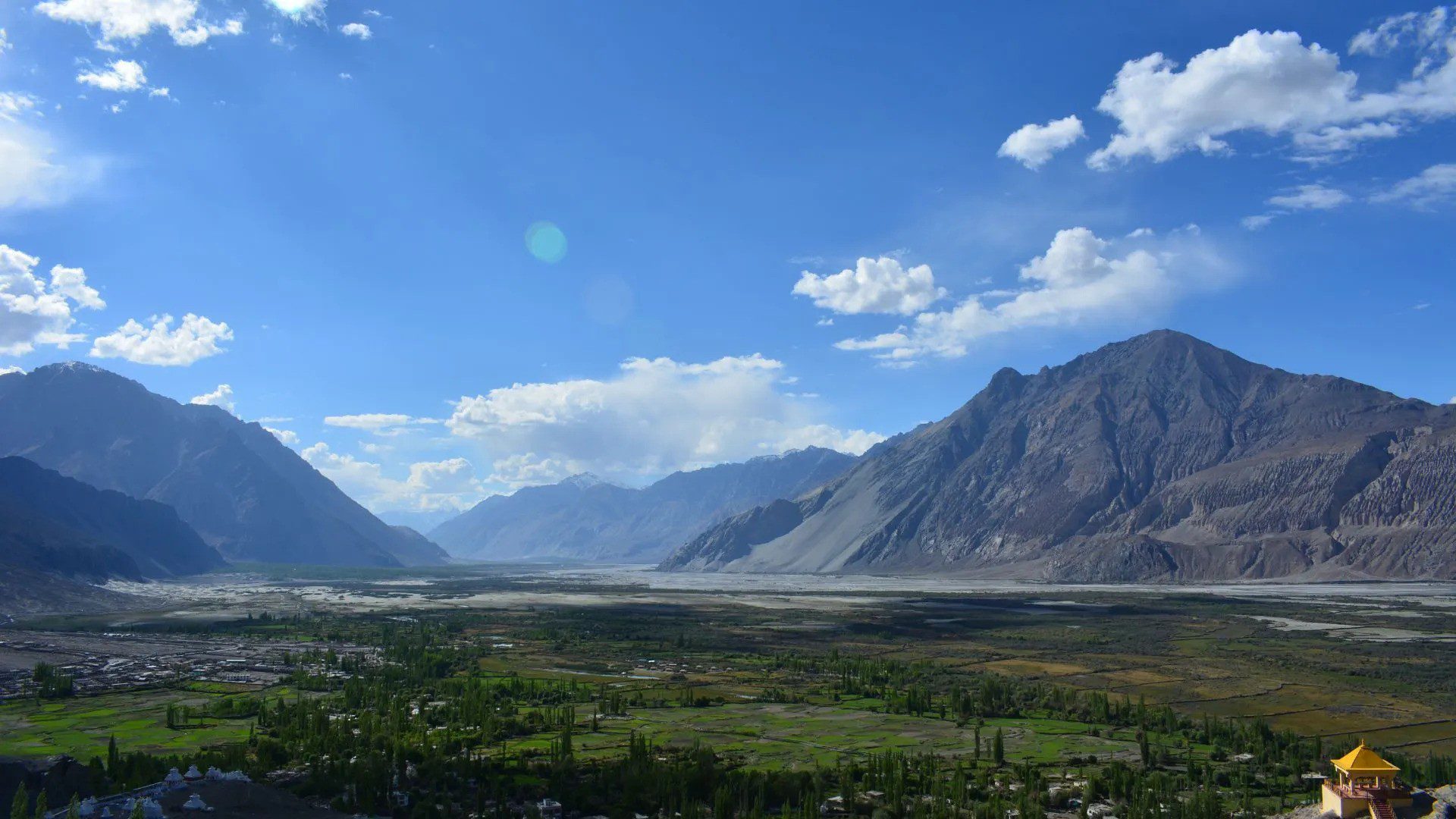
Impact of Mineral Exploration on Local Communities
Mineral exploration provides jobs and economic benefits to Ladakh’s local communities. However, it also brings challenges such as changes in land use and potential environmental degradation. Involving communities in sustainable mining practices can enhance the positive impact of mineral development.
Customer Testimonial:
“Mining brings both benefits and challenges. We are careful to support practices that respect our heritage and protect our lands.”
— Tenzin Dorjee, Community Leader, Ladakh
Craftsmanship and Use of Ladakh’s Natural Resources
Ladakh is known for its artisanal crafts that incorporate locally sourced minerals and gemstones. From jewelry to decorative items, these products not only sustain local traditions but also contribute to Ladakh’s cultural economy.
Exploring Ladakh’s Mineral Treasures as a Tourist
Popular Mineral Exploration Sites for Tourists
Tourists can visit several mineral-rich areas in Ladakh, such as the Zanskar Valley, which is known for its gemstones, and other mountainous zones rich in copper and rare earth elements. These sites provide a fascinating glimpse into the region’s geological diversity.
Eco-Tourism and Responsible Travel in Ladakh
Eco-tourism initiatives in Ladakh encourage visitors to explore responsibly, reducing their environmental impact. Tourists can engage with local guides trained to share knowledge about the region’s geology while promoting sustainable travel practices.
Tips for Visiting Ladakh’s Geological Wonders
To make the most of Ladakh’s mineral-rich sites, visitors are encouraged to prepare for high-altitude conditions and respect local customs. Staying hydrated, using eco-friendly products, and supporting local businesses are all part of a responsible tourism experience.
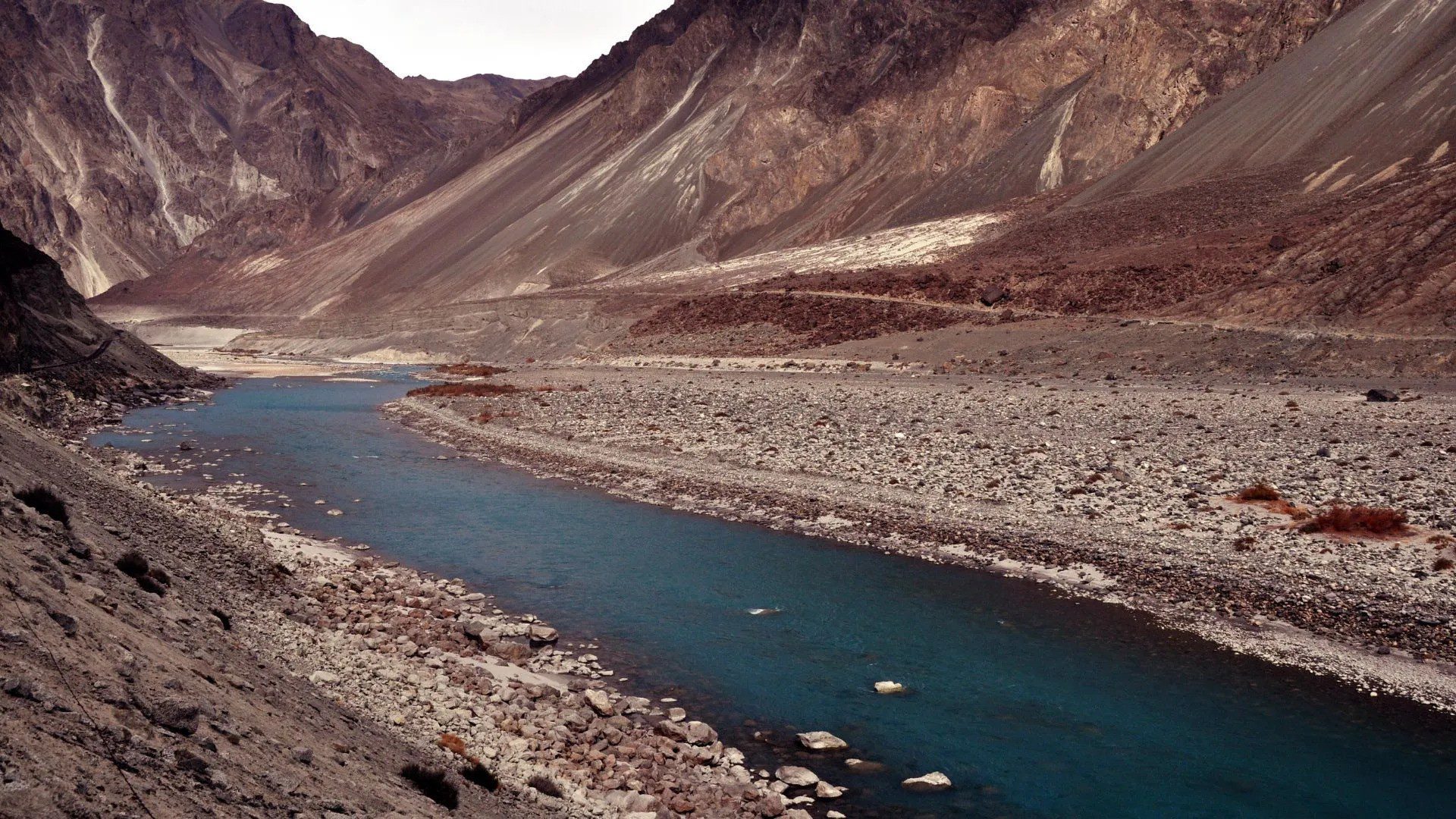
Future of Mineral Exploration in Ladakh
Technological Advances in Mineral Exploration
Technological advances, like AI and machine learning, allow more efficient exploration of Ladakh’s minerals with minimal environmental disruption. These tools improve the accuracy of mineral mapping, enabling more sustainable mining projects.
Opportunities for Sustainable Development in Ladakh
Ladakh has the potential to lead India in sustainable mineral extraction, providing valuable resources while preserving its landscapes. Future projects will likely focus on striking a balance between economic growth and environmental conservation.
Government Policies on Mineral Exploration
The Indian government regulates mining activities to prevent over-exploitation and protect the environment. Policies on mineral extraction emphasize sustainable practices and encourage companies to invest in ecologically responsible mining technologies.
Customer Testimonial:
“Government policies are essential for regulating mining in such a sensitive area. They help ensure that our resources are used wisely and sustainably.”
— Aman Singh, Policy Analyst, Canada
Conclusion
Ladakh’s mineral-rich mountains stand as a testament to the region’s unique geological and cultural heritage. By responsibly managing mineral resources and encouraging eco-friendly tourism, Ladakh can benefit from its mineral wealth while preserving its stunning landscapes for future generations. Through innovation, sustainable practices, and community involvement, Ladakh can continue to thrive as one of the Earth’s most extraordinary natural treasures.

Q&A Section
Q1: What minerals are commonly found in Ladakh?
A1: Minerals like copper, gold, and various gemstones are commonly found in Ladakh’s mountainous regions.
Q2: Is mining allowed in Ladakh’s mountains?
A2: Mining is regulated in Ladakh to balance economic benefits with environmental preservation. The government has policies to control mining activities.
Q3: How does mineral exploration affect Ladakh’s environment?
A3: Mineral exploration, if not conducted responsibly, can disrupt ecosystems. Sustainable practices are essential to minimize environmental impact.
Q4: Can tourists explore mineral sites in Ladakh?
A4: Yes, several mineral-rich areas in Ladakh are accessible to tourists, often with eco-tourism initiatives to protect the environment.
Q5: Why is Ladakh significant for geologists?
A5: Ladakh’s unique geological formations and mineral wealth offer valuable insights into plate tectonics and mineral deposits, attracting geologists worldwide.
Q6: What are some sustainable practices in Ladakh’s mining industry?
A6: Sustainable practices include waste minimization, water recycling, and environmental impact assessments before mining.

